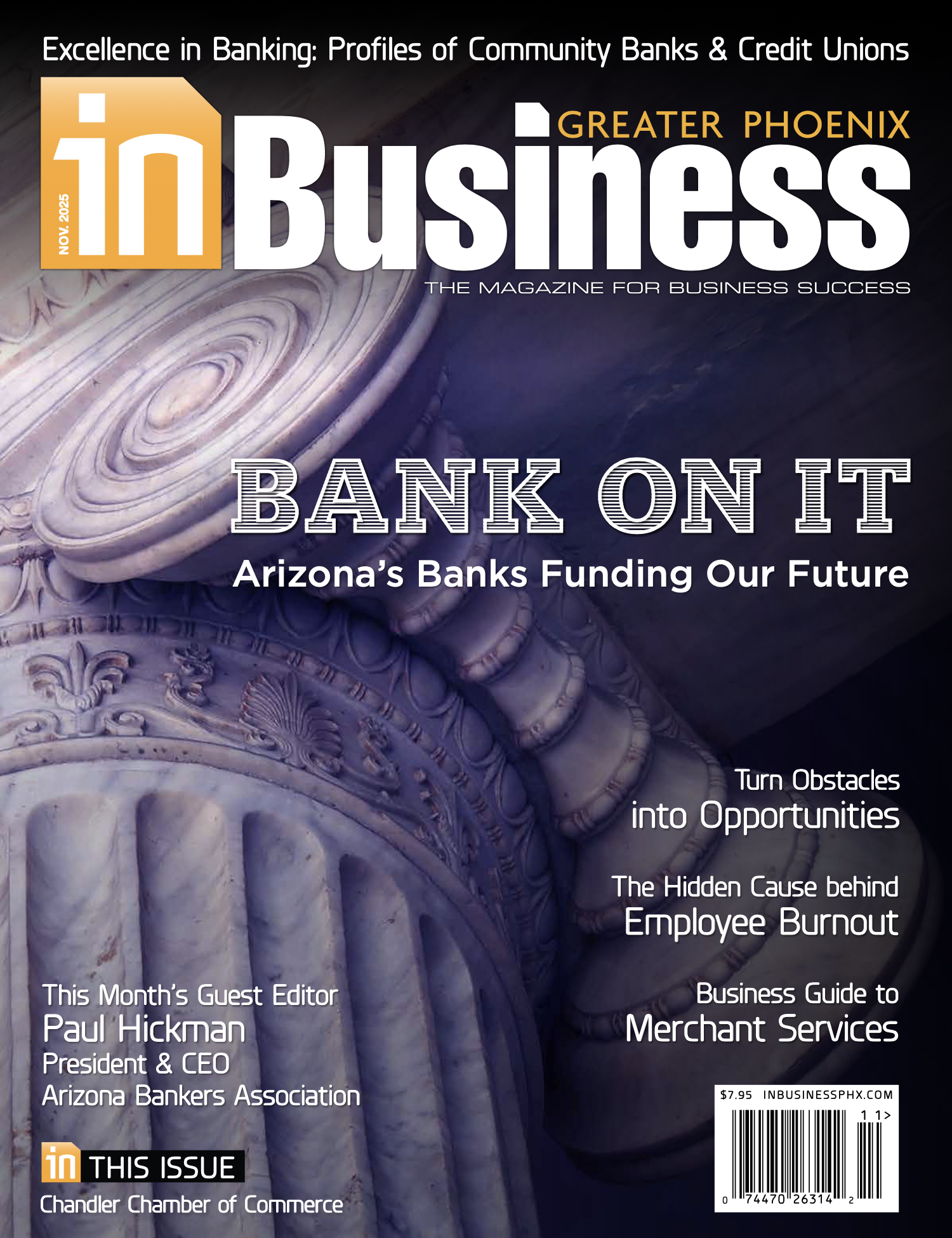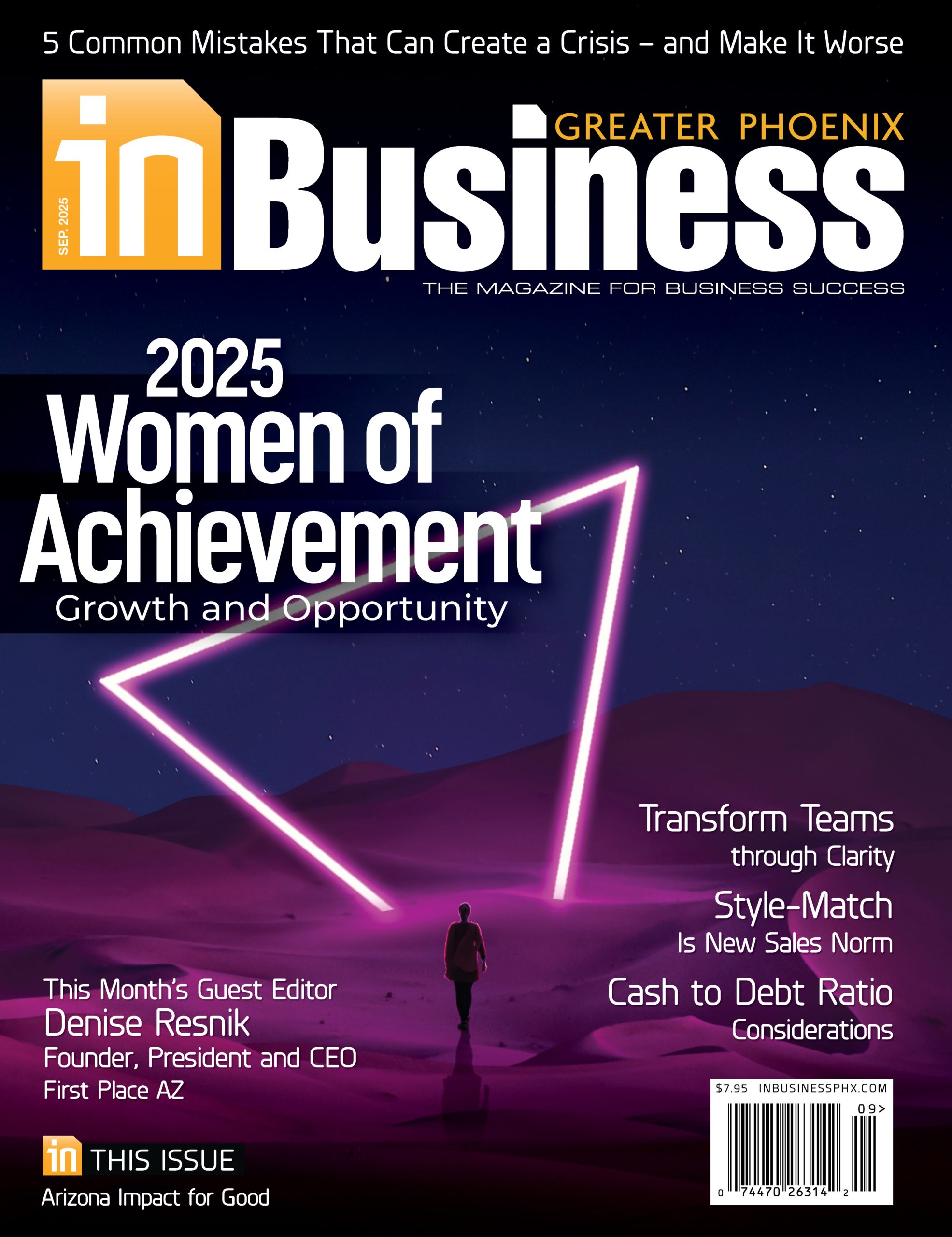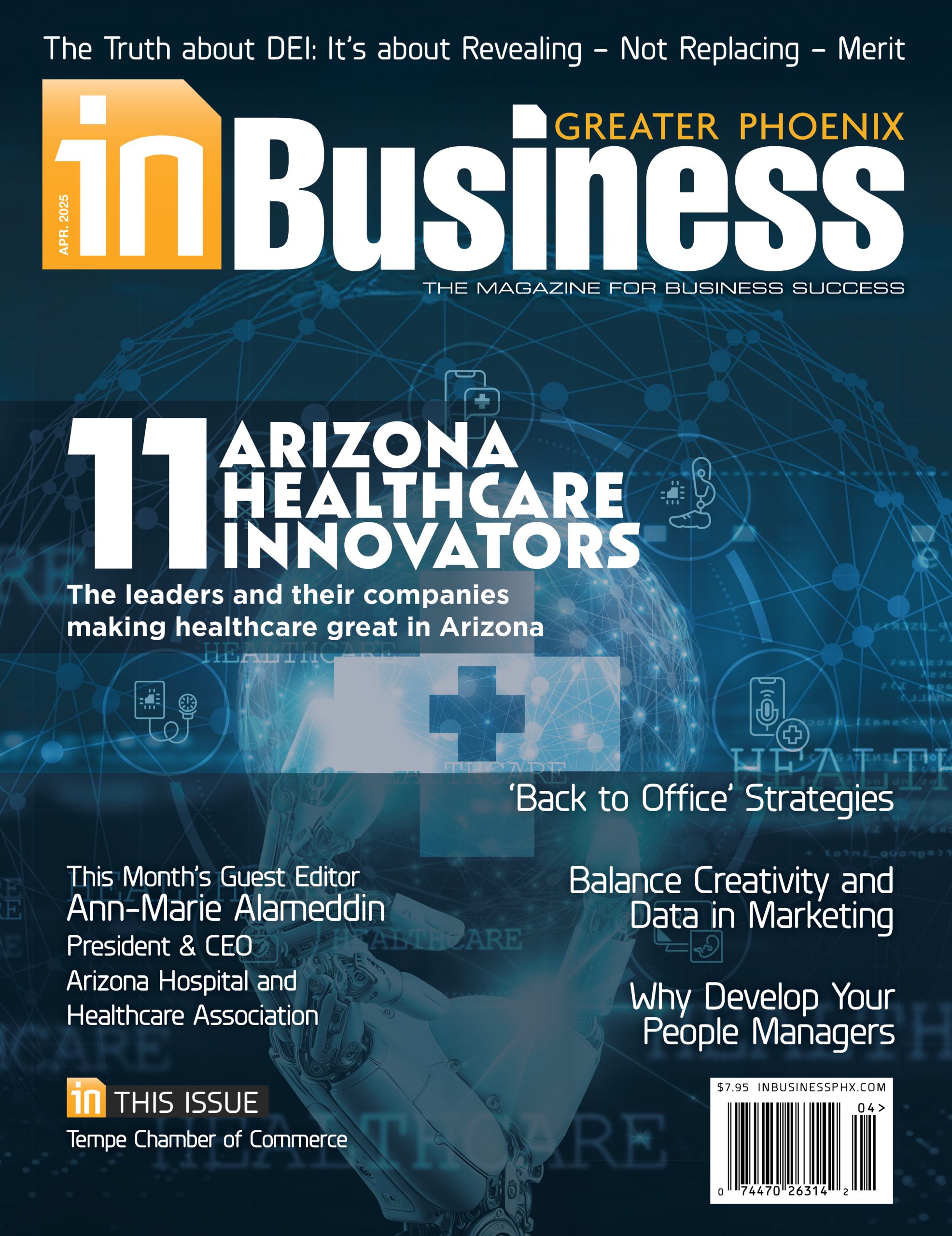 It is 2025, and one would not expect to be experiencing the kind of resistance and backlash that we are toward diversity, equity and inclusion — commonly known by the acronym DEI. It may appear that resistance and backlash to DEI is at its peak right now, but when we look back in time to the women’s rights, civil rights and LGBTQ+ rights movements, resistance and backlash have always been there to varying degrees. In fact, we can think of resistance as a spectrum ranging from hesitancy to engage on one end to outright backlash on the other end. So, what does this mean for companies who are looking to go beyond the acronym and rethink how they approach DEI?
It is 2025, and one would not expect to be experiencing the kind of resistance and backlash that we are toward diversity, equity and inclusion — commonly known by the acronym DEI. It may appear that resistance and backlash to DEI is at its peak right now, but when we look back in time to the women’s rights, civil rights and LGBTQ+ rights movements, resistance and backlash have always been there to varying degrees. In fact, we can think of resistance as a spectrum ranging from hesitancy to engage on one end to outright backlash on the other end. So, what does this mean for companies who are looking to go beyond the acronym and rethink how they approach DEI?
I spent the last two years researching resistance and backlash to DEI. Prior research shows us that resistance toward DEI and broader social change initiatives stem from them being seen as a threat to one’s status, culture or access to resources. What my research shows is that when people view DEI as a threat, they often feel helpless, overwhelmed, inadequate, uneasy, excluded, anxious and insecure. Drawing on the body of research by Paul Eckman and Robert Plutchik, these emotions are expressions of the core human emotion of fear.
It is important to note that my research shows it is not just those who are anti-DEI who experience fear and its related emotions, but also those working within the field. But what exactly are we fearful of when it comes to DEI? In my latest book, Can I Say That?, I share the five fears that have emerged from my research that we commonly experience when it comes to DEI: the fear of change, the fear of getting it wrong, the fear of discomfort, the fear of taking actions, and the fear of lack of positive impact. What is concerning is that we have a fear of fear itself.
To rethink DEI, companies need to first acknowledge the existence of these fears, then take actions to support people with letting go of their fears. Here are five ways companies can enable this to happen.
Clarify what DEI is and is not, to address the fear of change. In many companies today, there is a lack of understanding on what DEI actually is. Many misunderstand DEI efforts to be prioritizing under-qualified people to take on roles in organizations, thereby undermining the belief in meritocracy. Others see it as a zero-sum game with some groups benefiting at the expense of others.
This could not be further from the core intention of DEI, and yet here we are with many who hold this belief thanks to superficial narratives and performative initiatives. Companies need to clarify that DEI acknowledges the existence of systemic inequities that create an imbalanced playing field, making it difficult for qualified and competent people from marginalized backgrounds to gain fair access into workplaces and progress within them.
Companies need to clarify the core purpose of DEI: Diversity is about valuing people’s uniqueness and differences; equity is about levelling the playing field for fairness; and inclusion is about ensuring that everyone feels a sense of belonging.
Nurture an environment that allows for learning from mistakes, to address the fear of getting it wrong. In a world characterized by a “cancel culture,” even the most well-intentioned ally can hesitate and not engage in DEI efforts for fear of being cancelled. While there are best practices out there, every company’s culture and needs are different, which means that what works in one company may not be as successful in another. We still must try, and the possibility of failure should not hold us back.
Adapting and designing DEI initiatives that meet the needs of the company and add value to the culture of the company, avoiding harming any group while benefiting other groups, is key. Each DEI initiative to foster inclusive workplaces should be seen as an opportunity for growth and learning, grounded in the spirit of constant adaptation for positive impact.
Create space for uncomfortable dialogue and discussions, to address the fear of discomfort. We are creatures of comfort. DEI, however, requires us to acknowledge biases and discrimination, which can make us uncomfortable. We live in a world that is characterized by binary thinking, requiring us to “pick a side” and stick to it.
The problem with that is human behavior and experience is far from binary. It is complex, nuanced and layered. Companies should create safe spaces where people can get comfortable with the uncomfortable — spaces to acknowledge biases and fears. These facilitated spaces should allow for dialogue and discussion while holding space for multiple realities to coexist.
Anchor DEI work in a clear way, to address the fear of taking actions. For many companies, the reasons for engaging in DEI efforts may not be as clear as they assume it to be.
In the months following the murder of George Floyd, many companies jumped on the DEI bandwagon without critical thought or genuine belief. It was just what needed to be done at the time. Now is the time for businesses to find their anchor. Company leadership should ask themselves why they, as a company, are choosing to be engaged with DEI efforts? For some companies, especially in Europe, the answer could simply be compliance with new and upcoming legislation coming into effect. For others, it might be the hope of being more innovative to meet the ever-changing business climate and customer landscape. For yet others, it could be the ethical stance that they desire to be an employer of choice to be able to attract and retain the very best talent. It could also be a combination of any of these. Companies need to find their why and ground their DEI efforts in it. Doing so ensures that employees have an anchor to rely on as they encounter pockets of resistance.
Focus on systemic and cultural change, to address the fear of a lack of positive impact.There is no silver bullet for DEI and no magical solution that is simple enough to solve what is a complex issue. Yet, many DEI initiatives address the challenges in superficial ways, often causing unintentional harm rather than delivering any progress.
Simply creating a website for DEI, hiring more women or people from underrepresented ethnic groups or raising the Pride flag is not going to address the core issues at play. Companies need to focus on systemic and cultural change. This means overhauling their employee life cycle to ensure that biases are being blocked at every step of the way, from the content in the company’s job listings to the interview process to enabling fair performance reviews. It means redesigning product and service development cycles to ensure they are being designed for a more diverse set of customers and ensuring that marketing campaigns are reflective of their diverse needs. To enable and support this systemic change requires cultural change, where every employee sees themselves as active allies to enable a culture where everyone experiences the value of DEI.
When DEI is done right — with a focus on systemic and culture change — everyone stands to benefit.
 Poornima Luthra, Ph.D., an associate professor at the Copenhagen Business School, is a globally recognized author, TEDx speaker and leading authority on Diversity, Equity and Inclusion. She is the author of four influential books, including Can I Say That? and The Art of Active Allyship, both of which have been named one of Thinkers50’s 10 Best Management Books for 2025 and 2023 respectively.
Poornima Luthra, Ph.D., an associate professor at the Copenhagen Business School, is a globally recognized author, TEDx speaker and leading authority on Diversity, Equity and Inclusion. She is the author of four influential books, including Can I Say That? and The Art of Active Allyship, both of which have been named one of Thinkers50’s 10 Best Management Books for 2025 and 2023 respectively.













